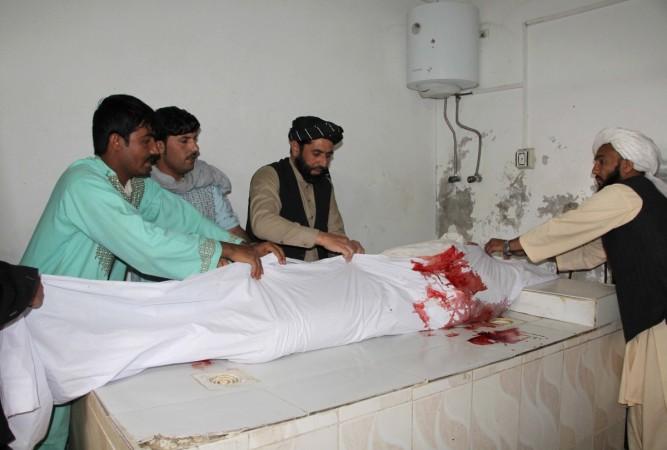
While the world lamented numerous celebrity deaths in 2016, there were civilians who endangered their lives to bring people news from conflict-ridden areas. Journalists have been known to be kidnapped and tortured by ISIS, killed by land and drug mafias for reporting on human rights violations and exposing such illegal activities.
Also read: Samajwadi Party feud: 10 things you need to know
While 2015 had seen more than 100 journalists and media professionals passing away, in 2016, the number was 93, according to the International Federation of Journalists (IFJ). However, the Committee to Protect Journalists (CPJ) pegged the number of journalists' deaths at 48.
The killings occurred due to targeted murders, bomb attacks, crossfire incidents in 23 countries in Africa, Asia-Pacific, the Americas, Europe and the Middle East and Arab World regions.
"The number of journalists and media staff killed for doing their work could be higher if it weren't for lack of credible information on these missing cases and for the self-censorship by journalists in some countries to avoid drawing the unwelcome attention of crime barons," said IFJ general secretary Anthony Bellanger. "There is, therefore, urgency in pressing governments to investigate all forms of violence, including killings and disappearances in a speedy and credible manner to protect the physical integrity and professional independence of journalists."
India finds a place in top eight countries with highest numbers of media killings. In India and Pakistan each, five media personnel lost their lives in 2016. Iraq, where ISIS is still present, tops the list at 15, followed by Afghanistan (13 deaths), Mexico (11), Yemen (8), Guatemala (6), Syria (6) and India and Pakistan, both five each.
The 93 deaths were in work-related incidents. A further 29 died in two plane crashes. Twenty of them died in the city of Medellin in Colombia and nine Russian journalists were killed in a military plane crash.
In 2015, at least 112 journalists and media professionals had lost their lives; in 2014, 66 journalists lost their lives; in 2013, the number was a tad higher at 73, while 121 journalists lost their lives in 2012. According to Switzerland-based Press Emblem Campaign (PEC), which works for the protection of journalists, 141 of them died in 2012.
"Any decrease in violence against journalists and media staff is always welcome but these statistics and the continued deliberate targeting of media workers in many incidents causing loss of life give little room for comfort nor ground for hope to see the end of the current media safety crisis," said IFJ president Philippe Leruth.
"These levels of violence in media should spur into action all those committed to protecting journalists. There must be no Opens external link in the new window of impunity for those crimes. The IFJ and its affiliates around the world will redouble efforts to mobilise for credible steps to remove the shadow of violence over journalism."

















